We had what many called snowmageddon this winter and now we’re busting the thermostats with record heatwave temperatures across the Province. All this wonderful sunshine might be getting too hot and uncomfortable for most to bear as we hear grumbled complaints about the weather around town. The following history tidbits serve to remind us of the unpleasant and soggy days we’ve experienced throughout the City’s history (which will hopefully help us cool off a little in the meantime).
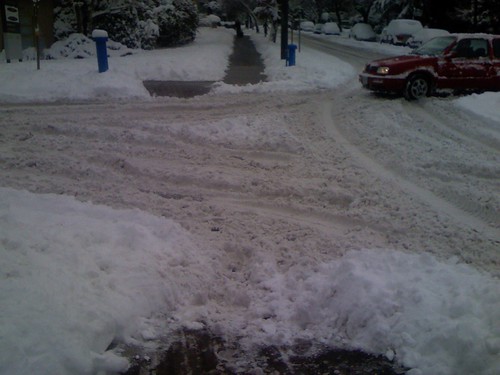
1853: The first dairy farm in Greater Vancouver was operated in Ladner by Alexander McLean. After being flooded out in 1853 McLean moved his family and their 50 cows to the west bank of the Pitt River in what is now Port Coquitlam.
May, 1894: The largest Fraser River flood occurred, flooding far and wide from Agassiz straight through to Richmond.
In 1948 the Fraser flooded the Valley again, impacting agricultural developments, two transcontinental rail lines and the airport that had been built in Richmond.
March 26, 1956: 1,000 facts about Vancouver were collected by UBC students for the Tourism Association. They noted that Vancouver get an average of 1,663 hours of sunshine annually.
As president of the Vancouver Tourist Association, Leo (Michael Leo) Sweeney (1886-1977) wore a straw boater hat when it rained “to prove it was liquid sunshine.â€
October 28, 1921: A sudden flood wave at Britannia Beach crashed down on the village and swept away 50 of its 100 houses, killing 35 people.
October 18, 1934: Babe Ruth, Lou Gehrig, Lefty Gomez, Charlie Gehringer, Heinie Manush, and Lefty O’Doul, played a game in Vancouver as “Babe Ruth’s All Americans,†against the “American League All-Stars.†It was pouring rain yet 3,000 fans showed up to watch these pros play knee-deep in mud. Said Lefty O’Doul in the dugout, “Say, this is some baseball town, isn’t it? Back in Portland there weren’t five hundred out and on a bright and sunny day.†[source]
October 12, 1962: Hurricane Frieda hits Vancouver. Frieda started out as a typhoon, became a hurricane, and is what some called an “extra” tropical storm.
June 1988: Record rainfall for June in the Fraser Valley this month saw 144 mm (5.7 inches) of rain pour down.
The source for these tidbits is the Vancouver History website. Please visit, browse, and consider sponsoring.
As an update to the first note, Vancouver currently gets between 1900 – 2200 annual hours of sunshine, meanwhile places such as the aptly-named Sunshine Coast see about 2400 hours.



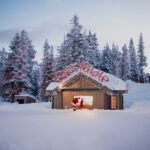
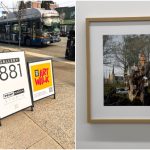

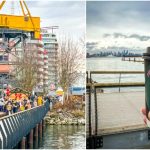
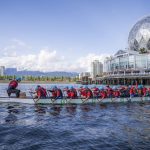


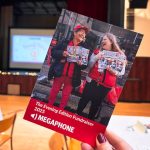
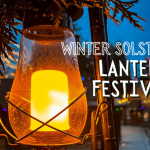
3 Comments — Comments Are Closed
October 12, 1962: Hurricane Frieda hits Vancouver. Frieda started out as a typhoon, became a hurricane, and is what some called an “extra†tropical storm.
————————–
Nope. It was always a Typhoon. A Typhoon, Hurricane and Cyclone are the same thing, depending what ocean and part of the world you are in.
Hi Marnie,
You’re right and wrong. I read this carefully as well. Here is the source which states it was both.
FYI Rebecca, it was CityCaucus.com that cornered last winter’s discussion on “Snowmageddon,” raising it into the consciousness of the MSM (mainstream media) with reports on CBC Newsworld, GlobalTV, etc. Old news now of course, but the pattern of “under-reacting” to extreme weather seems to be a recurring pattern for City Hall.